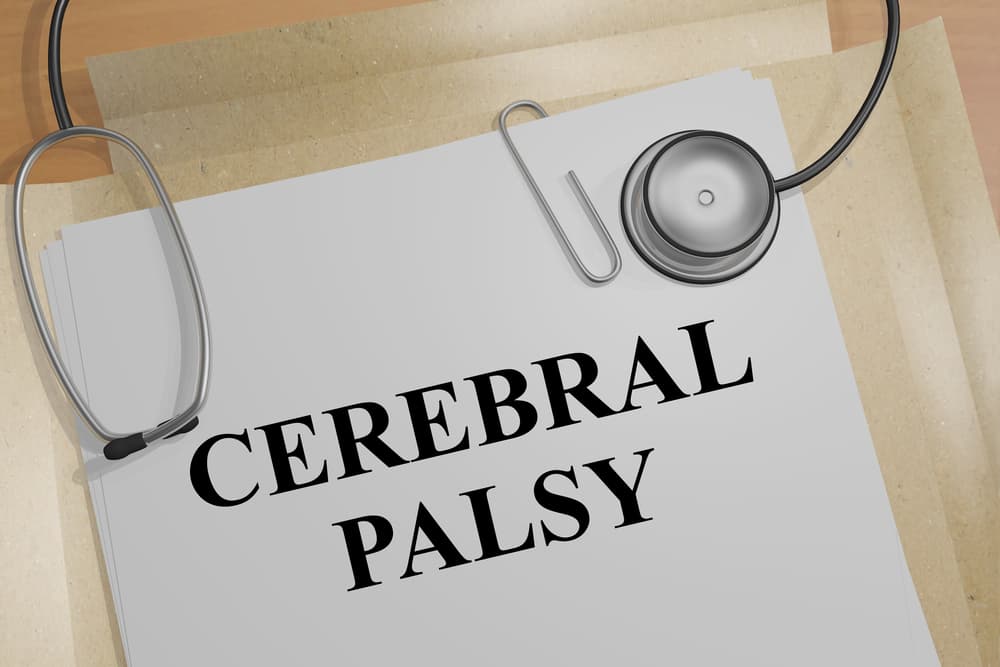During pregnancy, labor, and immediately after birth, babies are vulnerable to serious injuries during even routine procedures. These injuries can range in severity from bruises and cuts to broken bones and even brain damage. It’s up to the doctors, nurses, surgeons, and other healthcare professionals to make sure your child stays safe during this time—and if they fail to do so, it could be considered negligence.
If your child suffered a preventable injury at the hands of a healthcare provider, you shouldn’t be responsible for the potential lifelong medical expenses that your child may need. At Michigan Injury Lawyers, our Michigan birth injury lawyers will fight to get you the compensation you’re owed. Call us at (888) 454-0801 or fill out a free initial consultation form today, and find out how we can help.
Life-Changing Birth Injuries
Many birth injuries can change your child’s life forever. Common birth injuries with serious long-term consequences include:
- Brain Damage
Babies who are delivered with vacuum assistance may be at a high risk of suffering brain damage. Applying too much pressure with forceps during delivery may also cause injuries to the skull and brain, which can cause a child to suffer physical and mental disabilities. - Cerebral Palsy
Cerebral palsy results when babies don’t receive enough oxygen during birth, which may be caused when the oxygen supply is reduced by the umbilical cord. This condition can lead to muscle stiffness, uncontrolled body movements, and speech problems. Doctors are responsible for checking for obstructions in babies’ airways, and failure to do so could be considered negligence. - Cesarean Sections (C-section)
Babies delivered through C-sections may be at a high risk of developing a condition called wet lung, which is a buildup of fluid that can lead to infections. In addition, C-section deliveries may increase the risk of infant death if the procedure is performed too early during the pregnancy. Doctors must exercise proper judgment to determine when C-sections are necessary. - Erb’s Palsy
Erb’s palsy is a nerve damage condition that results when the babies’ shoulders get stuck in the birth canal. Doctors have a responsibility to determine if babies are too large to fit through the birth canal—If doctors don’t take this precaution, they could be held liable for babies’ injuries. - Group B Strep
Group B streptococcal infection may be passed on from mother to child during labor. Babies infected with this type of bacteria require immediate medical attention and may have a low survival rate without treatment. Doctors are responsible for detecting this infection immediately after birth. - Improper Drug Administration
Drugs that can harm a developing fetus are considered teratogenic. If doctors prescribe teratogenic drugs to women who are pregnant or planning to become pregnant, they may be considered negligent and could be held responsible for any resulting birth injuries. - Infant Kernicterus
Many infants are born with elevated levels of bilirubin—a pigment found in the blood. But high levels can cause brain damage. If doctors fail to notice excess levels of bilirubin in babies under their care, they could be considered negligent. - Klumpke’s Palsy
Klumpke’s palsy is a form of paralysis of the muscles in the forearms and hands. It often occurs from traumatic childbirths when babies are pulled from the birth canal while their arms are extended above their bodies. Doctors are responsible for taking preventative measures to make sure babies are safe during delivery. - Maternal Injuries
Many injuries during childbirth also can affect the mother. C-section deliveries are major surgeries which may cause serious complications, including severe bleeding and infection in the mother. Doctors are responsible for reducing the risk of these injuries. - Premature Birth
Babies born before the 37th week of gestation are considered premature. Premature babies often have many complications, including higher risk for physical birth defects and mental disabilities. Doctors are responsible for protecting the health of babies who are born premature. - Reduced Oxygen
A lack of oxygen at birth may cause brain damage—a condition called cerebral hypoxia. This condition can cause physical and mental disabilities resulting from rupture of the placenta or uterus, maternal diabetes, fetal anemia, and more. If doctors don’t diagnose this condition while babies’ are in the womb or immediately after birth, they may be considered negligent. - Rh Incompatibility
Rh incompatibility is a condition that develops when pregnant women have Rh-negative blood and their babies have Rh-positive blood. Babies affected by this condition may develop jaundice and brain damage if the condition isn’t prevented, detected, or treated in time by doctors. - Shoulder Dystocia
Shoulder dystocia occurs when infants’ shoulders can’t pass through the birth canal without intervention. This condition is a medical emergency. If it’s not treated immediately, shoulder dystocia can result in serious complications, including paralysis, cerebral palsy, and even death.
The Michigan birth injury lawyers at Michigan Injury Lawyers can investigate your child’s long-term or suspicious injury and determine if the hospital staff could have prevented it.
Let Michigan Injury Lawyers Fight for You
After your baby’s birth injury, you can count on us. Our Detroit birth injury lawyers won’t back down to the hospital’s insurance company. You shouldn’t have to worry about your child’s medical bills after a birth injury—call Michigan Injury Lawyers, and let us help you.



